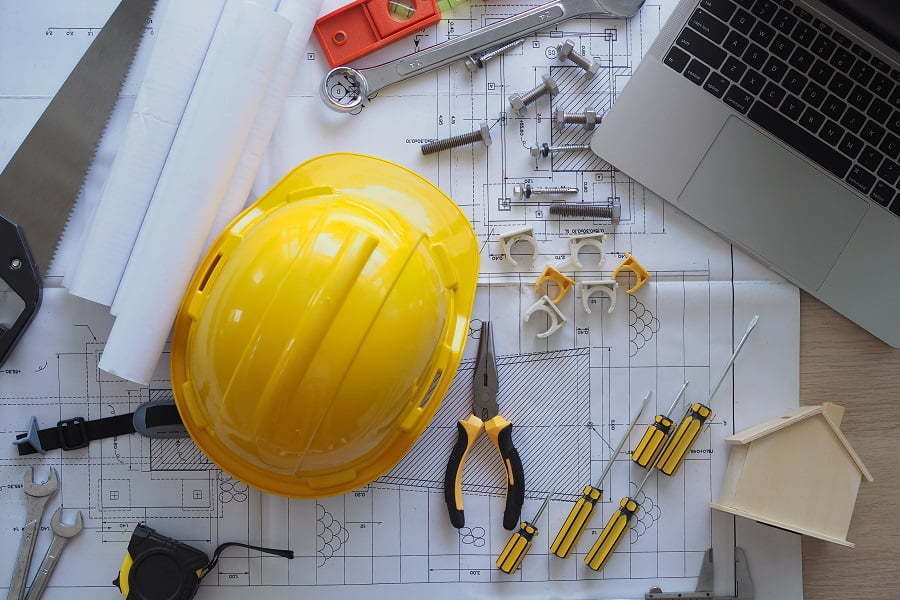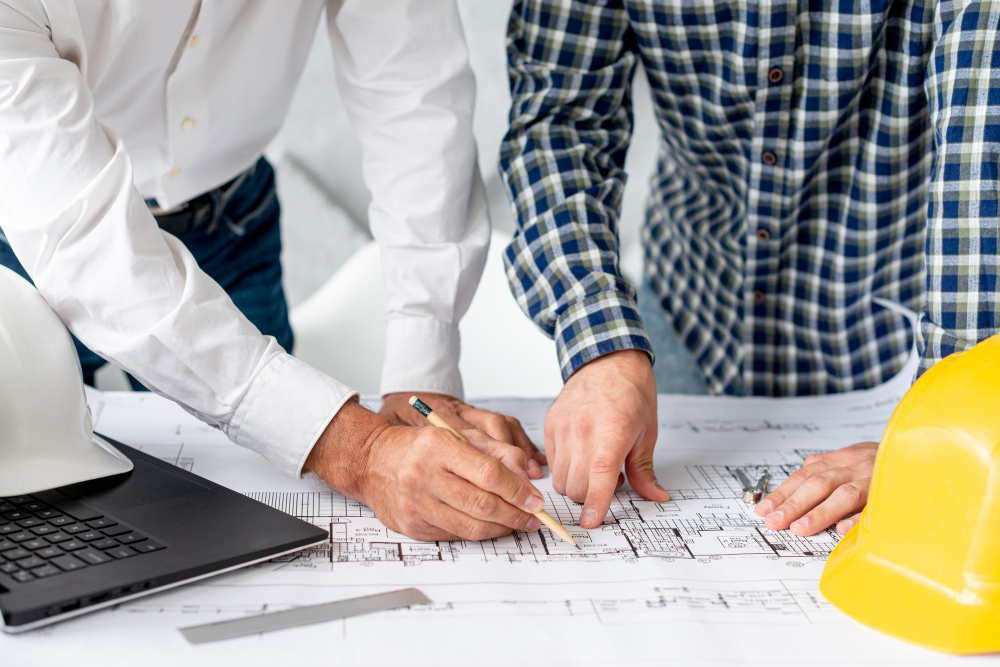Last updated on
Here are the main four requirements you need to be aware of if you’re going to work on a structural steelwork project. Read on!
The most critical part of building any structure is its foundation. Most major construction works use structural steelwork for the frames and base of the building. After all, using steel as a primary material for an establishment has a lot of benefits. Steel is durable, malleable, and readily available, making it a good choice for residential and commercial projects.
But before you proceed with building your structural steelwork, there are a number of things you need to consider first.
Steel Contractor
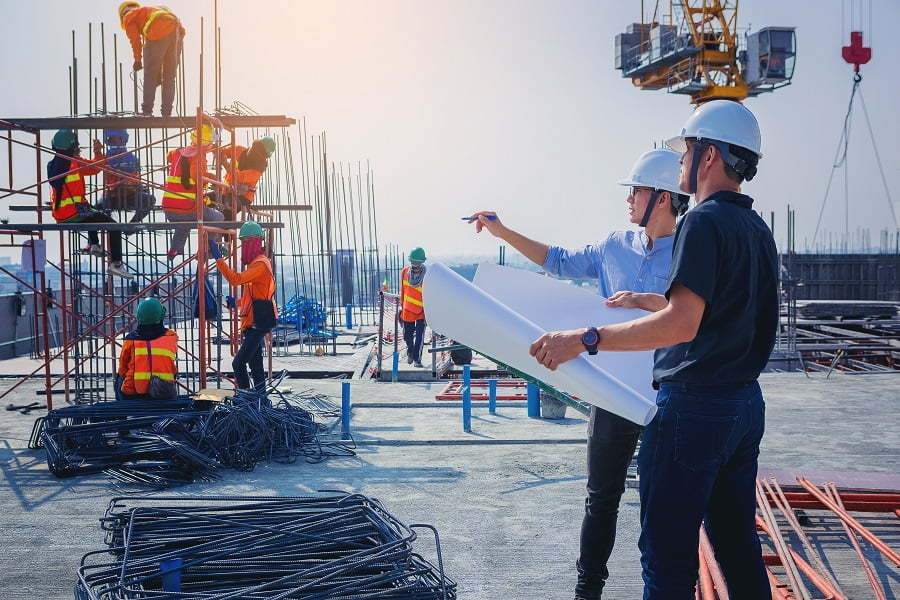
Building a major structure using various materials means that you’ll need to source all your construction needs from a contractor that can produce everything you need in high volumes. Nowadays, using steel as the foundation of a building is normal since it’s highly durable and easier to work with than concrete or wood. It’s also lighter than other materials, which makes it ideal for high-rise buildings.
Before the construction of a site begins, bidding for contractors usually happens. It’s vital for any individual or company to set a budget and timeline for the construction of a building to avoid any inconveniences once it starts.
Time is money when it comes to major projects, and, in many cases, many investors and clients provide the funds to make the construction possible. If you’re in charge of a steelwork project, you need to finalize the labor force, suppliers, architects, and engineers you’ll work with before the start date of your construction.
There’s usually just a handful of companies that are qualified to supply the required materials for major projects. Small and medium-sized enterprises won’t be able to keep up with the demand, so most clients choose to work with established steel providers instead. Moreover, large buildings will require a variety of steel with different dimensions and cuts, so it’s more convenient to source all the needed items from one company.
You’ll have a much easier time if you work with a contractor that can meet the requirements for your construction project. Suppliers, like Steelgram Fabrications, for instance, can cater to your needs if you’re going to build a massive steel structure–these suppliers may be able to provideas much as 100 tonnes worth of materials.
Quality Steel
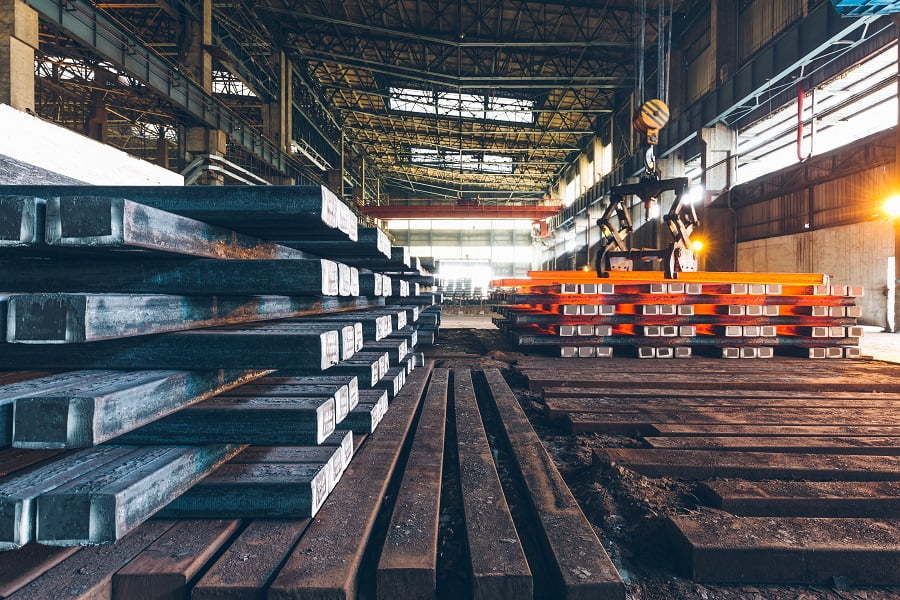
Nowadays, using recycled and sustainable construction materials is becoming increasingly popular. Although this innovation is a good step towards a greener future, there are still limitations on what you can use for larger buildings since the structure’s integrity may be compromised by using repurposed materials.
The steel used for construction, for instance, can be categorized into two different types:
- Primary steel is made with molten iron and is usually the standard metal required for a construction project.
- Secondary steel, on the other hand, is made by combining scrap iron with an electric arc.
While both types of steel are similar and offer the same results, some building codes may indicate that only primary steel can be used.
If you don’t have any restrictions on what steel to use for the structural steelwork, you should consider using secondary steel. This is because it’s a cheaper option than primary steel, and it’ll do the job just as well.
However, you need to ensure that you’re sourcing your sustainable metal from a reliable provider. The quality of steel may differ depending on the raw materials used, so it’s advisable that you find trustworthy suppliers that offer quality materials for reasonable prices. After all, you shouldn’t compromise the quality of the structure by choosing cheaper construction materials.
Building Permits
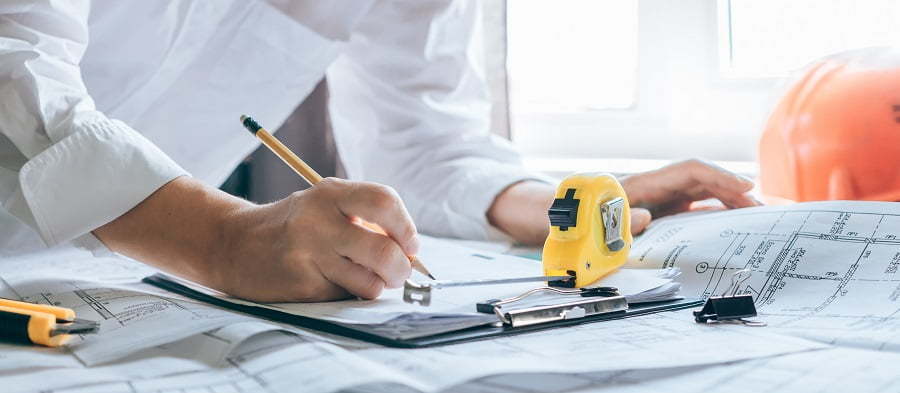
Building permits are also another thing you need to consider when constructing any establishment.
A permit should be issued to you by the local government before you can start the construction. This is to ensure that the entirety of your construction process will comply with all the local authority’s requirements. The standards for any building are in place to ensure the safety of future occupants and adherence to zoning and land-use regulations.
When you’re building any major establishment, the materials you’ll use and the steelwork design you’ll implement won’t be the only ones that’ll be subjected to strict inspection. Your electrical works, water pipelines, and safety protocols throughout the construction process will also be checked. Don’t be surprised if an inspector will drop by your site while you’re working on your building.
Ideally, you should settle this during the early stages of your project. You may need to change some aspects of your design if it doesn’t meet the requirements of the area you’ll build it. That’s why it’s better to clarify what you can and can’t do early on so you won’t have any unexpected delays once the groundbreaking starts.
Engineers and Architects

Working with steel for your structural work doesn’t mean your building will be invincible against damages or natural causes. Unlike wood or concrete, steel can rust when exposed to acidic or salty environments. This means that the integrity of your structure will be compromised if you fail to conduct preventive measures to ensure that the steel you’ll use will be resistant to corrosion and rust.
Since steel is much lighter than concrete, your structural steelwork may also become a safety hazard if it’s exposed to strong winds or extreme weather conditions. The constant force applied to the steel structure may compromise its foundation and may make it weaker. This is why it’s vital that you work with experts from the beginning of your construction project.
When designing a structure, you need to consider how it’ll fare in the environment where you’ll establish it. For example, having too many steel columns on the exterior of your building when you’re located in a very hot area may not be ideal. This is because steel is a good heat conductor and may become a fire hazard if exposed to extreme temperatures.
Working with experienced engineers and architects will help ensure that you’ll have the best outcome for the structural steelwork you need for your building. They’ll consider the environment where you’ll erect your structure and provide suggestions on how to design it.
Final Thoughts
There are a lot of requirements that you need to accomplish before you proceed with building a major structure. When constructing your structural steelwork, it’s best to find a trustworthy steel provider and work with experts to ensure that your project will succeed.
Related reading:
Table of Contents



